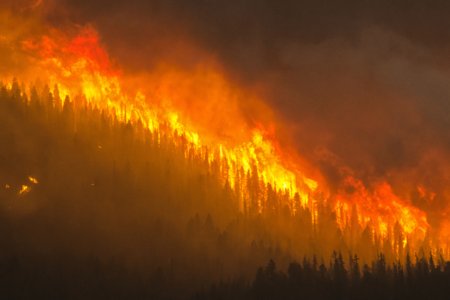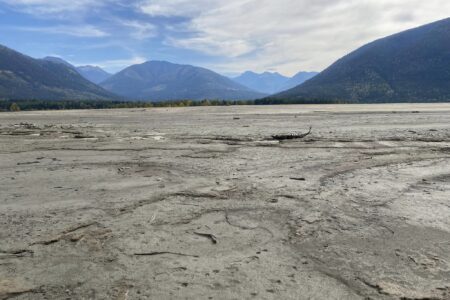MIT researchers claim UN Arctic predictions are inaccurate
By David A Gabel, ENN
The United Nations Intergovernmental Panel on Climate Change (IPCC) had released its most recent report in 2007.
It forecasts that the Arctic Ocean will have an ice-free summer by the year 2100. However, that finding has been contradicted by researchers at the Massachusetts Institute of Technology (MIT).
They say the Arctic summer will be ice-free several decades earlier, within many people’s lifetimes.
The IPCC has been criticized by environmental advocacy groups for being too conservative with its predictions. Some say it forecasts according to the “lowest common denominator” of climate research.
However, many policy makers look to it when making climate-related decisions, so the value of the IPCC report is extremely high.
The MIT team believes it is the value of the IPCC reports that makes it so important to be accurate, and IPCC failed to meet that accuracy according to MIT’s own research.
The MIT research team was led by Pierre Rampal, a postdoc in the Department of Earth, Atmosphere, and Planetary Sciences. The research was conducted in conjunction with France’s Centre National de la Recherche Scientifique and Recherches Meteorologiques.
They found that the IPCC substantially underestimated trends in Arctic sea-ice thinning and drift.
Rampal believes the IPCC models focus too much on temperature fluctuations, which are important, and not enough on mechanical forces. These forces include wind and ocean currents which can break up ice and cause it to move.
Once the ice breaks up, it acts much different than if it were part of a massive ice sheet. Broken ice will melt faster and is able to move to warmer waters where it will melt even faster. Warmer temperatures play a major role in thinning the ice, making it more breakable.
Much of the broken ice finds its way to the Fram Strait, the wide area of ocean between eastern Greenland and the Norwegian archipelago of Svalbard. Once it contacts the warmer waters to the south, the ice will melt rapidly.
Therefore, the MIT team believes the Arctic is in a sort of feedback loop. Warmer temperatures cause thinner ice. Thinner ice breaks easier. Broken up ice will move more quickly. The broken ice will move to southern latitudes and melt much faster.
However, they also explain another feedback loop which may counterbalance the ice loss. Large cracks in the winter ice cover will help create new ice because when cold air comes in contact with the liquid ocean, the water will refreeze, creating a large ice sheet than before.
- The MIT study is set to be published in the forthcoming edition of Journal of Geophysical Research — Oceans.
























Comments